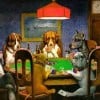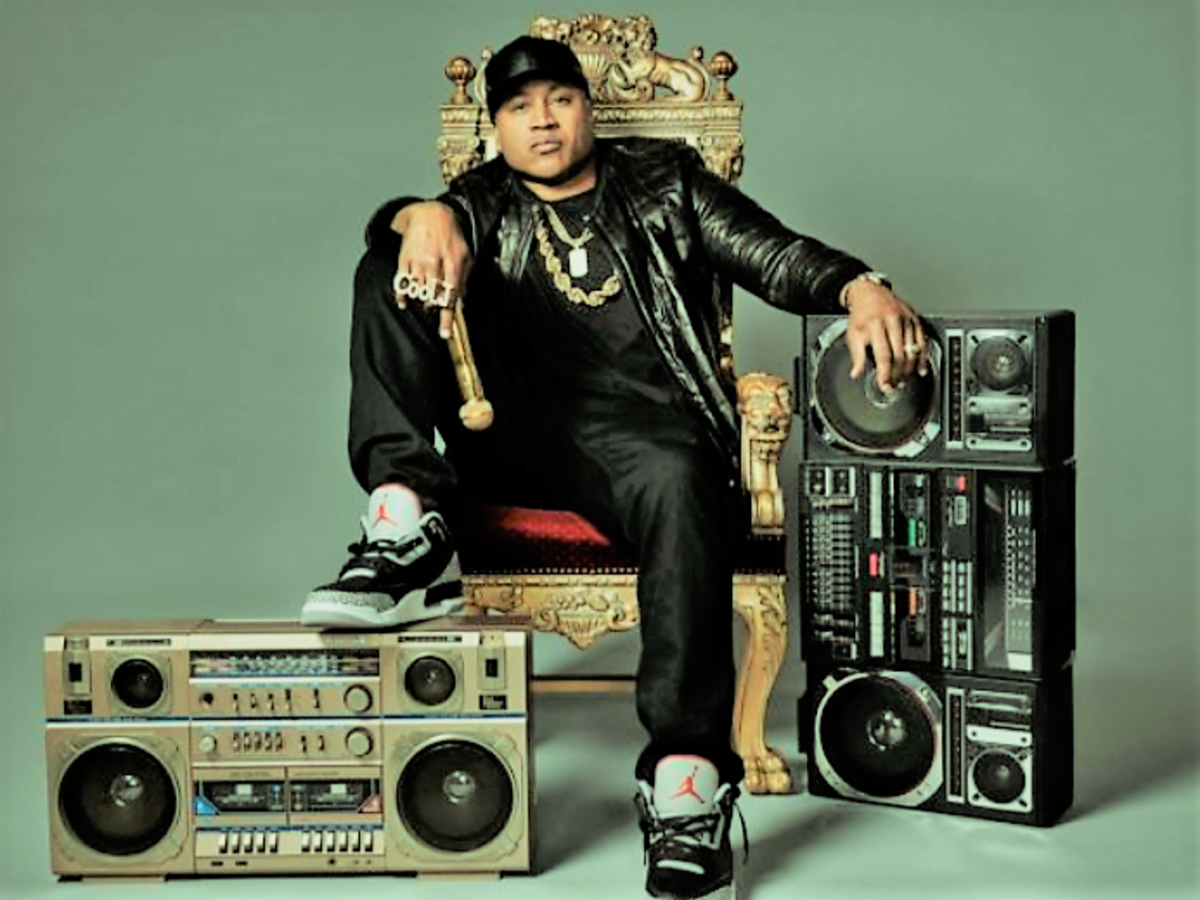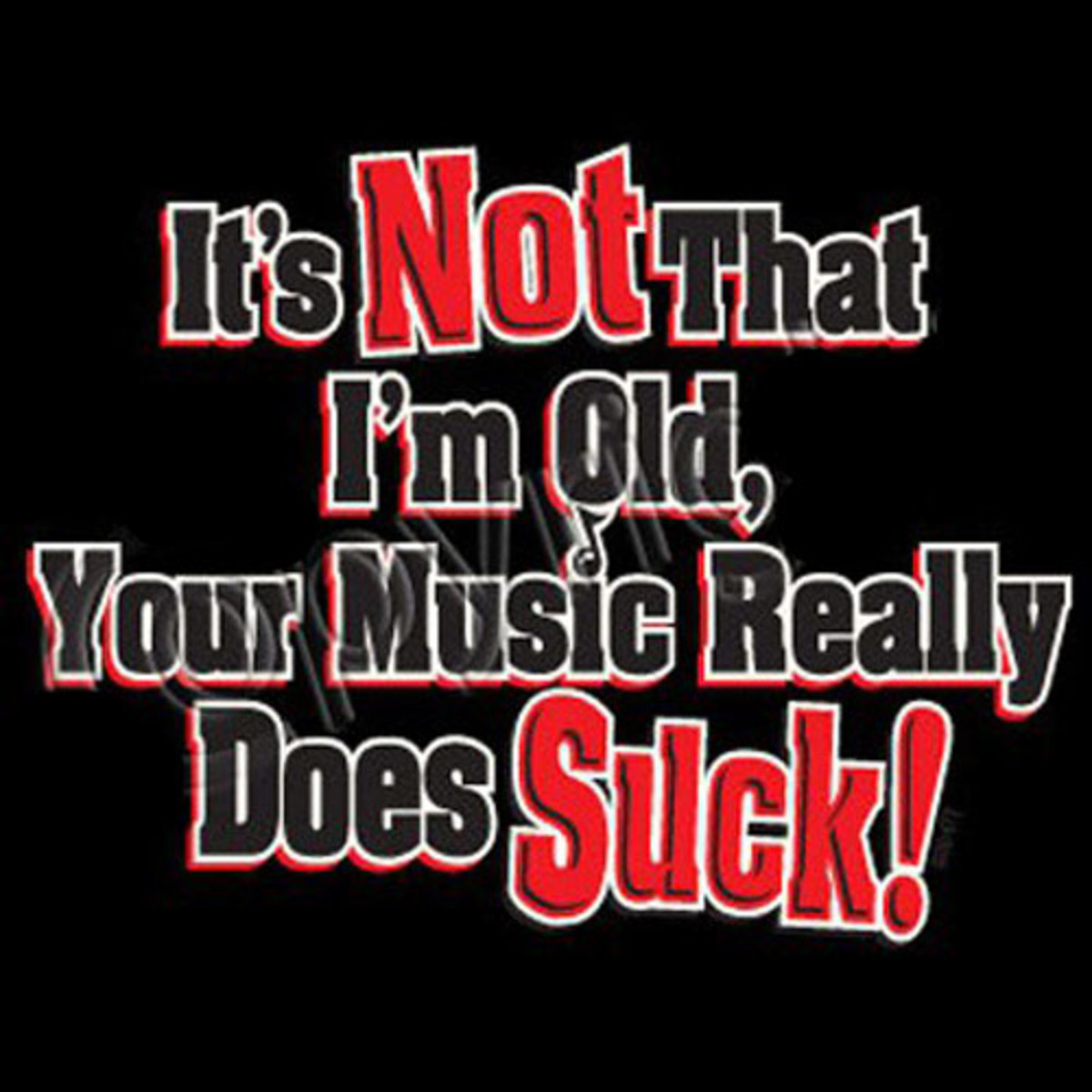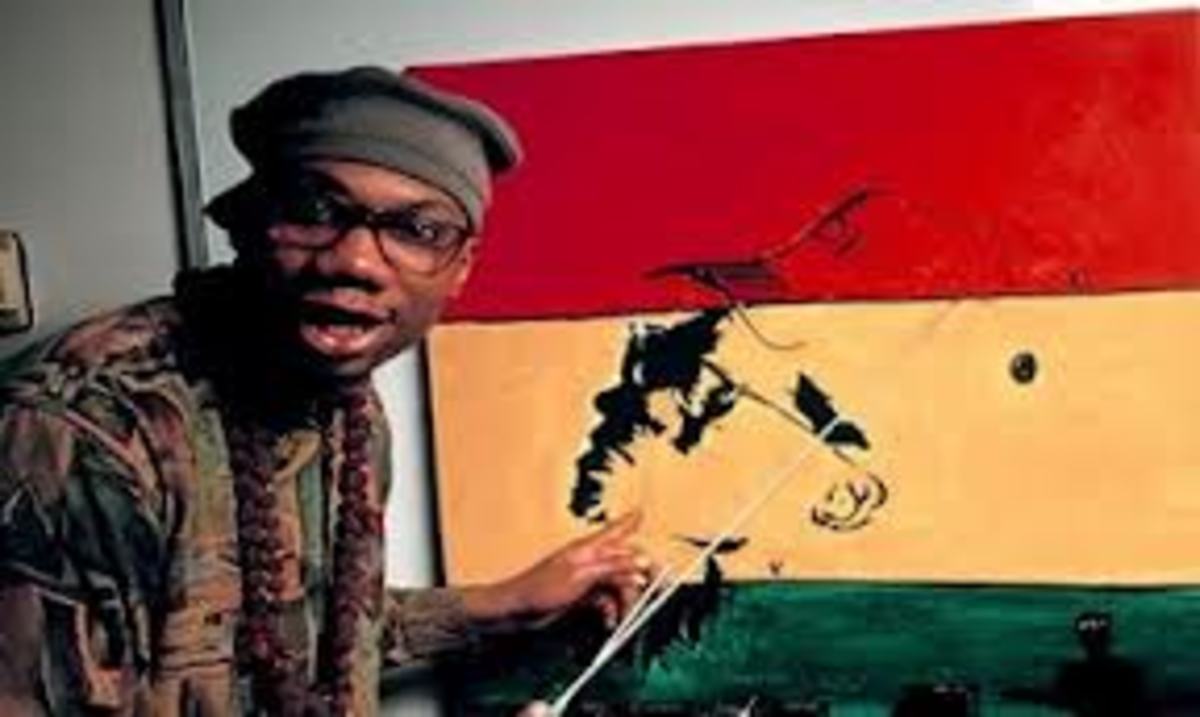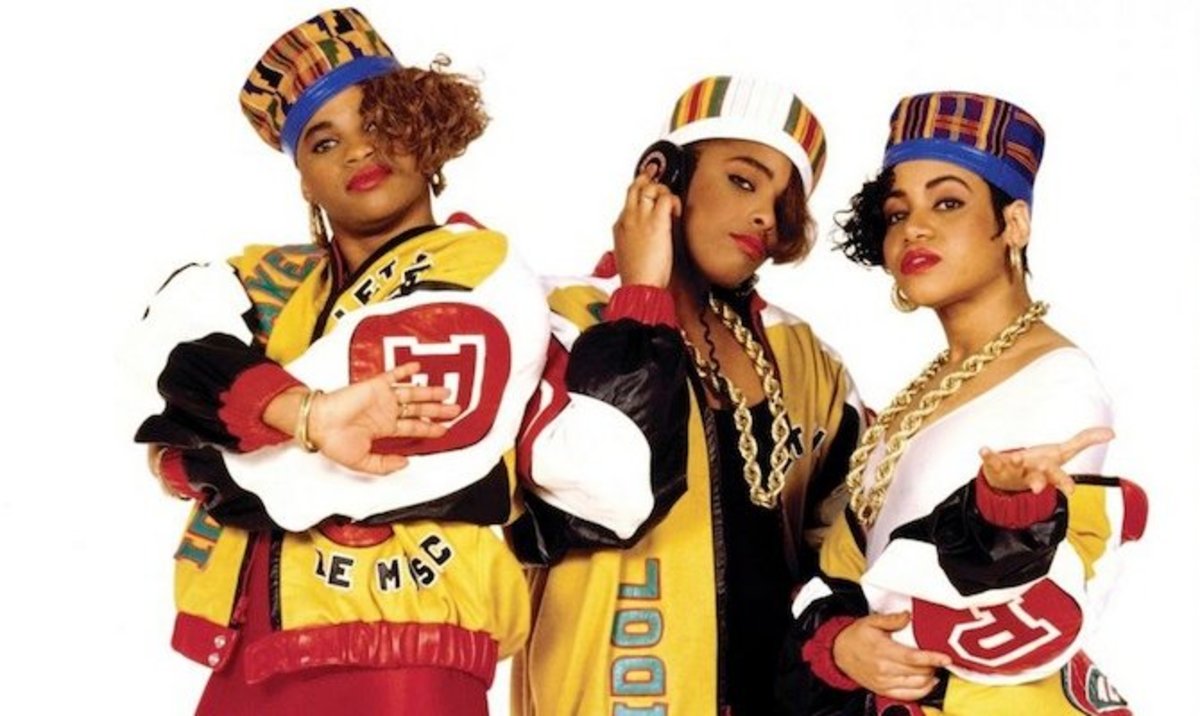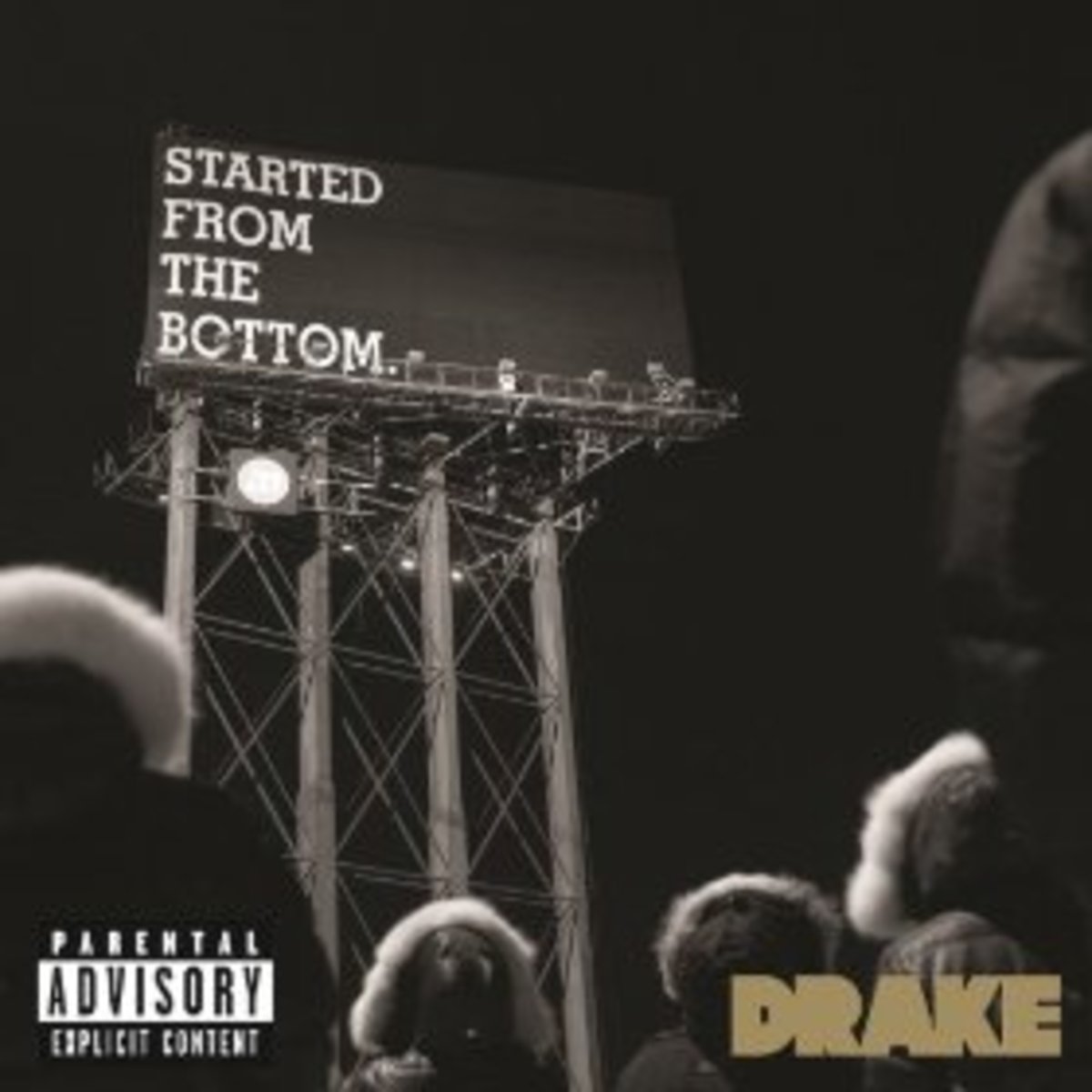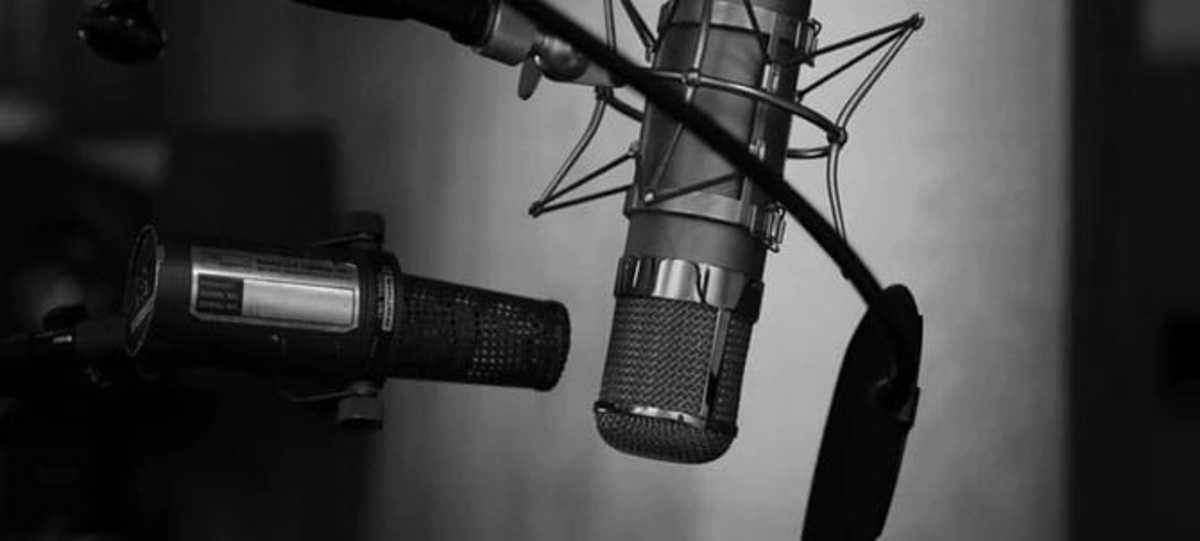Hip Hop Influence and The History of Rap Music
Hip-hop is deeply rooted within African culture and oral tradition. A better way to explain this would be to say that rap is a form of music that grew out of hip-hop culture. It is believed to have all started in the Bronx by a Jamaican DJ named Kool Herc. His particular style of DJing involved rhyming over the instrumentals. Herc rapped at all of his house parties, and people started to catch on. Word of this new phenomenon spread quickly, and soon there were many new followers. Today, hip-hop is bigger than it has ever been, and it won’t be disappearing anytime soon. Along with rap came controversy as well. Recently, rap has been more closely “watched” by the media as a negative genre of music due to certain vulgar artists; however not all artists are vulgar, and many rappers actually have inspirational wisdom to unleash upon their listeners.
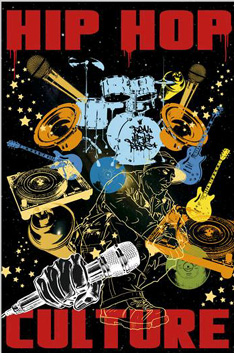
Rapping can easily be traced back to its African roots. Even before hip-hop existed, West Africans were telling stories rhythmically over the beat of drums. Old-school rap, which can be identified as the period from 1979-1984, mainly consisted of simple and fun party raps. A notable rapper of this time period was Melle Mel. Mel was the first rapper to coin himself as an MC, which changed the way people would rap in the future. He did this through his more creative word play. The next stage of hip-hop can be classified as “The Golden Age”. “The Golden Age” is best described as the time period from the late 80’s to the early 90’s where many new MC’s were basically creating their art-form. Rappers such as Big Daddy Kane, Rakim, and Chuck D were the main inventors of the complex word-play found in this periods rap music.
Currently, rappers are more concerned with the “flow”. Flow can most easily be described as the way that the lyrics go along with the beat and/or instrumentals. Derrick Attridge, author of the book: Poetic Rhythm, states that rap is made up of “lines with four stressed beats, separated by other syllables that may vary in number and may include other stressed syllables” (Attridge 90). The rapper then proceeds to choose his syllables wisely to create a unique rap.
MC’s use a variety of different rhyming techniques known as rhyme schemes. Examples of some different rhyme schemes are: the Chant, the Syncopated Bounce, and straight forward rhyming. Every rapper has his/her own unique style, which allows for better individual expression. Music Scholar Adam Bradley stated:
“rap rhymes so much and with such variety that it is now the largest and richest contemporary archive of rhymed words. It has done more than any other art form in recent history to expand rhyme’s formal range and expressive possibilities” (Bradley 51). The rhyming of the lyrics is what makes rap musical.
Many new musical styles have derived from rap: rap rock, rap core, rap metal. These are obviously a fusion of rap and other styles of music. Most genres of music that contain percussion have had rapping or a type of rap happening at some point. Examples of this would be Gang Starr (Jazz) or Mary J. Blige (R&B). A group from Oakland, California known as Beltaine’s Fire has their own unique type of music that blends hip-hop beats with Celtic sounds.
To many people, hip-hop is a way of life. It is a form of cultural expression that can be seen not only through music, but through art, fashion, and lifestyle. Perhaps no other form of music has brought different cultures together as rap has. A major topic of debate recently has been on whether or not hip-hop is damaging our culture. Some believe that the negative-lyrics commonly found in rap songs can cause serious damage to a society, and create more violence. On the other hand, many view rap as a type of “freedom of speech”. Rap is usually the best way to hear the “voice” of the streets on many problems that people face in life.
Early hip-hop was fun, and that is why it became popular. However, in the 90’s, a new form of hip-hop emerged: gangster rap. The glorification of being a “thug” soon became the base for which all rappers would be judged. Dr. Anthony Kwame Harrison, a teacher at Virginia Polytechnic Institute and State University said that “It's the partnership of hip-hop and corporate media that's brought us the negative images and the rap music that people complain most about”. Don’t think that hip-hop is all bad. It has positive influences on society as well. It began by bringing communities and neighborhoods together on the streets of the South Bronx. Only over time has it developed into something that may not be suitable for everyone to listen too, especially young children. For years, the positive aspects of hip-hop have been chopped and screwed by violent messages brought on by current popular rappers. Many gangsta rappers reply to this criticism by stating that they are simply “acting out a role”, even though they may or may not endorse their own “character”. (Cam’ron on the O’Reilly Factor). This makes one wonder whether certain rappers are legitimate in the sense that they are who they say they are.

Researcher Ralph J. DiClemente performed a study based on the association found between video viewing time, and risky behaviors.
“After studying 522 black girls between the ages of 14 and 18 from non-urban, lower socioeconomic neighborhoods, researchers found that compared to those who never or rarely watched these videos, the girls who viewed these gangsta videos for at least 14 hours per week were far more likely to numerous practice destructive behaviors.” (Kirchheimer 1).
According to the study, which was done over the course of one year, they were: “three times more likely to hit a teacher, over 2.5 times more likely to get arrested, twice as likely to have multiple sexual partners, and 1.5 times more likely to get a std, use drugs, or drink alcohol” (Kirchheimer 1). Rap music videos, especially those created by the currently “hot” artists, for example: Lil Wayne, usually glorify money, women, drugs, and violence. The assumption that all rappers glorify these typically negative ideals is false; however, most clearly use them in their songs and music videos. Think about the scenario. Music video producers/creators are trying to appeal to a larger audience, hence the half-naked women dancing around in their videos. If it is going to make more men watch the video and draw more attention to the artist, then why wouldn’t the creators decide to throw sexy women in the video? Parents should do a better job of monitoring what their children are watching. But, as time goes on, and as new technology keeps surfacing, this is getting harder and harder to control. LL Cool J told Jet Magazine: “The thing that is going to make your child do or feel negative things is a lack of good parenting. Now, if you try to let BET or MTV raise your child, then you are going to have a problem.” Maybe music videos should have ratings for explicit videos showing sex, drug use, and/or violence. That might make it a little easier on parents. At least parents can block channels if they so choose.
Hip Hop Culture
Like all forms of music, rap is a way of expression. Blaming rap music for problems with youth today is a scapegoat. Rap music is still a baby in terms of how long it’s been around. Angelo Ellerbee, CEO of DoubleXXposure feels as though there are both positive and negative sides to hip-hop culture:
“As a young and evolving art form, hip-hop is not without its challenges. Hip-hop draws on personal experiences as the basis of its lyrical content. It is an honest commentary on urban reality. It is this brutal honesty that is often frightening to a mainstream audience, who would much rather ignore the gory details of ‘life in da hood’.” (Jet Magazine).
To those who dislike all rap in general because of a few vulgar artists: give it a shot. There is a lot more to this genre of music than one might expect to hear. Sure, some artists such as Gucci Man have meaningless songs dedicated fully to how nice his diamonds look; however, there are too many rappers out-there to mention, and not all of them act like un-educated fools.
When dealing with the Rap genre, the media often tends to focus on the negative aspects. What they fail to mention is how some rap can be used to educate people about the current problems involving poverty, racism, and economics. Rap should not be blamed for expressing to the public the trials and tribulations of a youth growing up in an inner-city environment. Artists such as Nas create inspirational songs for inner-city youth. In his song, I Can, Nas raps:
“Be, B-Boys and girls, listen up
You can be anything in the world, in God we trust
An architect, doctor, maybe an actress
But nothing comes easy it takes much practice
Like, I met a woman who's becoming a star
She was very beautiful, leaving people in awe
Singing songs, Lina Horn, but the younger version
Hung with the wrong person
Got her strung on that
Heroin, cocaine, sniffin up drugs all in her nose...
Coulda died, so young, now looks ugly and old
No fun cause now when she reaches for hugs people hold they breath
Cause she smells of corrosion and death
Watch the company you keep and the crowd you bring
Cause they came to do drugs and you came to sing
So if you gonna be the best, I'ma tell you how,
Put your hands in the air, and take a bow”
The music video depicts Nas in an inner-city environment singing with multiple children. He is a good example of a rapper actually improving the community with his lyrics. Other examples of rappers writing inspirational lines are not hard to come by. Twista, a Midwest rapper, is hopeful in his song entitled “Hope”:
“Wish my homies wouldn't have to suffer,
When the streets get the upper hand on us and we lose a brother, And I
Wish I could go deep in a zone,
And lift the spirits of the world with the words with in this song, And I (I wish)
Wish I could teach a soul to fly,
Take away the pain out cha hands and help you hold them hi”
This is a very inspirational song if one takes the time to actually listen to what Twista is saying. It obviously came from the heart. It reminds us all, as one human-race, to always remain hopeful.
Rap is in the early stages of its lifetime and there will indeed be many more rappers popping up around the globe. Hopefully, upcoming artists will continue to be innovative and use their lyrics to promote the better good. Don’t judge a whole genre by a few bad seeds.
More Hubs by LeisureLife
- Dazed and Confused Movie Analysis and Review
Richard Linklater’s Dazed and Confused portrays in a comedic sense the last day of school in 1976 while managing to capture the boredom of a very small town... - The Baroque Period of Music 1600-1750 European Classical Era Time Period
When considering the many periods of music which have existed throughout history, it is obvious that many periods have made long lasting contributions to music overall... - Fugitive Pieces - Role of Music in the Book
In Fugitive Pieces by Anne Michaels, music helps make the sadness bearable. It relieves, even if only temporarily, the horrible feeling of surviving while others had died... - Mas N Steel Ensemble Musical Style Report - Percussion Band
Mas N Steel is a Trinidadian-Style steelband that contains percussion instruments called “pans”. This type of musical style originated in Trinidad and Tobago... - Gamelan Ensemble Percussion Based Music Style - Bali
“Gamelan” is an Indonesian word for “ensemble” or “orchestra”. Usually the term Gamelan is used in relation to percussion-based musical ensembles in Bali, Java, and other Indonesian islands...
Bibliography
Adaso, Henry. "A Brief history of Hip-Hop and Rap." About. The New York Times Company,
n.d. Web. 5 Apr 2010. <http://rap.about.com/od/rootsofraphiphop/p/RootsOfRap.htm
Attridge, Derrick. Poetic Rhythm: An Introduction. Cambridge University Press, 2002. 90. Print.
Bradley, Adam. Book of Rhymes: The Poetics of Hip-Hop. Basic Civitas Books, 2009. 51-52.
Print.
Hatch, Thomas. A History of Hip-Hop: The Roots of Rap. Bloomington, MN: Red Brick
Learning, 2006. Print.
"Hip Hop News." Hip Hop Entertainment. Hip Hop History, n.d. Web. 5 Apr 2010.
<http://www.hiphop-history.org/history-of-hiphop/>.
"Is Hip-Hop Culture Harming Our Youth." Jet Magazine 4 Dec 2000: 30-38. Print.
Kirchheimer, Sid. "Does Rap Put Teens At Risk?." WebMD. WebMD, 3 March 2003. Web. 5
Apr 2010. <http://www.webmd.com/baby/news/20030303/does-rap-put-teens-at-risk>.
